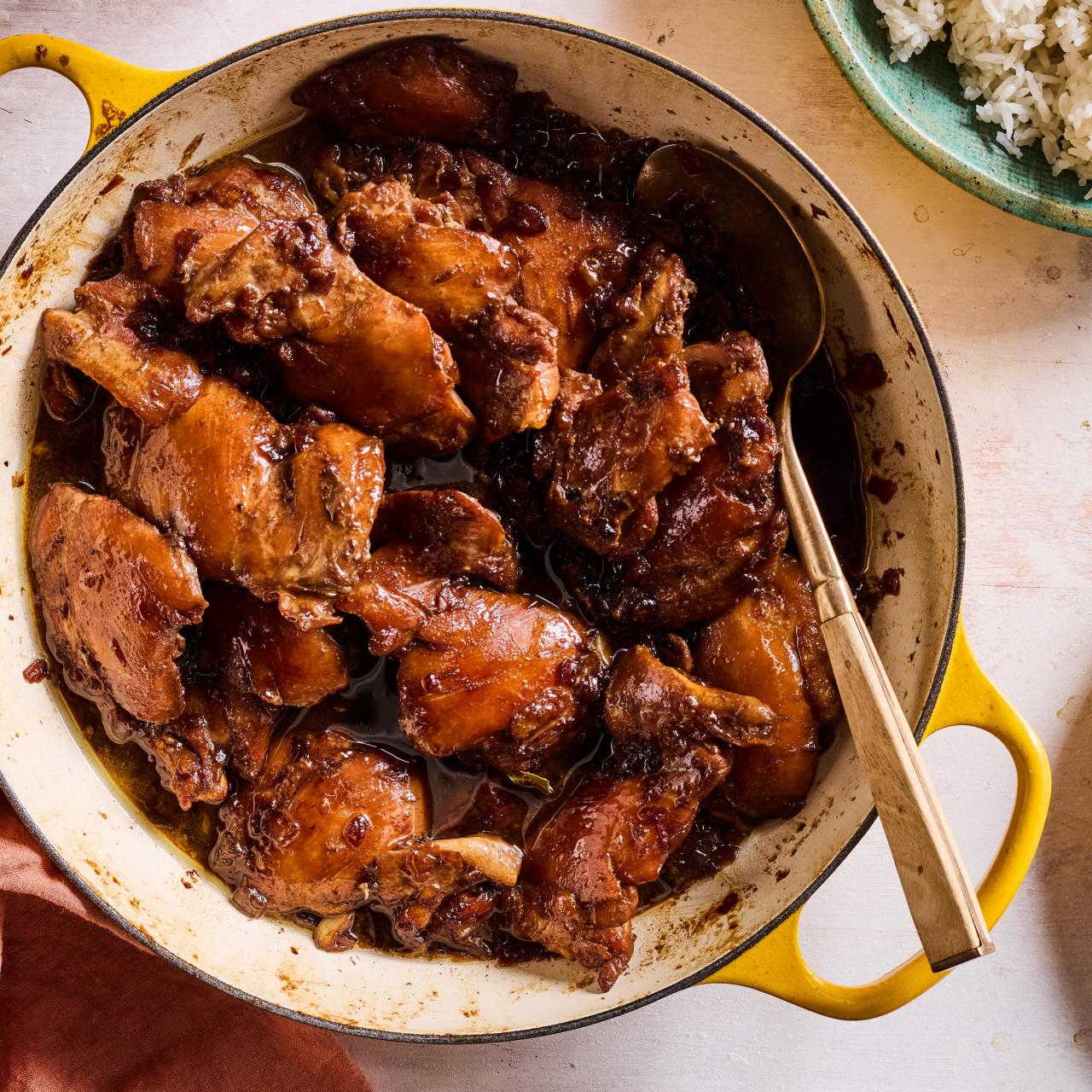Relish Standard Filipino Flavors With Easy-To-Follow Recipes
Exploring typical Filipino food supplies a distinct possibility to engage with a rich tapestry of flavors and social narratives. As we explore these cooking practices, one might ask yourself just how to ideal bring the heat of Filipino friendliness to their very own eating table.

Overview of Filipino Food
Exploring the lively tapestry of Filipino food exposes a rich social heritage affected by different historical and geographical factors. As an outcome, Filipino food is a special mix of Malay, Spanish, Chinese, and American elements.
Rice serves as the keystone of Filipino meals, typically come with by a selection of vegetables, meats, and fish and shellfish. The use of bold flavors is a characteristic of the food, with active ingredients such as garlic, onions, ginger, and soy sauce playing pivotal functions. The emphasis on communal eating shows the Filipino culture of hospitality and family ties.
Road food additionally plays a substantial role in the cooking scene, showcasing local components and innovative food preparation techniques. As the Philippines continues to welcome globalization, the combination of conventional and modern influences can be seen in modern Filipino dishes, better improving its culinary identity. Filipino food recipes. Generally, Filipino food is a testament to the nation's history, society, and lively spirit
Must-Try Traditional Dishes
Filipino cuisine is finest experienced via its typical dishes, each supplying an one-of-a-kind insight into the nation's diverse culinary heritage. Among the must-try recipes is Adobo, a mouthwatering stew generally made with hen or pork, seasoned in vinegar, soy sauce, and garlic before being slow-cooked to excellence. Its rich and tangy taste profile stands for the heart of Filipino convenience food.
Another famous recipe is Sinigang, a sour soup often prepared with tamarind, tomatoes, and various veggies. This recipe can include pork, shrimp, or fish, and is valued for its revitalizing taste and warming top qualities.
Lechon, an entire roasted pig, is a centerpiece at Filipino parties, recognized for its crunchy skin and tender meat. It personifies the cheery spirit of Filipino celebrations.
For those food craving something pleasant, Halo-Halo is a fascinating dessert integrating smashed ice, sweetened fruits, jellies, and covered with leche flan and purple yam.
Each of these standard dishes envelops the essence of Filipino culture, welcoming any individual to savor the vivid tastes and rich background that define the island chain's cooking landscape.
Step-by-Step Recipes
Cooking authentic Filipino dishes in the house can be an improving experience that brings the vibrant flavors of the Philippines right into your kitchen area. With a plethora of typical meals to select from, employing detailed recipes enables both beginner and seasoned chefs to understand the techniques and flavors indispensable to Filipino food.
Begin by picking a meal that intrigues you, such as adobo, sinigang, or lumpia. Each dish typically includes a thorough active ingredient checklist complied with by clear instructions, leading you with the cooking procedure. Start with prep work, which might include marinating healthy proteins, chopping veggies, or determining flavors. This foundational action ensures a smooth cooking experience.
As go to this website you advance, pay close attention to food preparation strategies distinct to Filipino food, such as sautéing (ginisa) or stewing (nilaga) These techniques can considerably enhance the deepness of taste in your recipes. Additionally, timing is crucial; adhere to the recommended cooking times to achieve the excellent appearance and preference.
Necessary Ingredients and Tips
Regularly, the trick to mastering Filipino cuisine hinges on understanding and using vital ingredients that define its distinct flavors. Central to numerous dishes are staples like soy sauce, vinegar, garlic, and ginger, which add to the one-of-a-kind balance of savory, sour, and sweet notes. Soy sauce functions as a base for marinates and sauces, while vinegar, specifically walking cane vinegar or coconut vinegar, gives a zesty illumination that is crucial in recipes like adobo.
Rice is an important component of my link Filipino meals, commonly offered together with major programs to absorb savory sauces. For a touch of authenticity, select jasmine or long-grain rice. In addition, making use of fresh fruit and vegetables such as tomatoes, eco-friendly beans, and eggplants enhances the recipe's vibrancy and nutritional value.
Do not forget the importance of natural herbs and flavors, such as bay leaves, lemongrass, and chili peppers, which elevate the taste account. When food preparation, remember that persistence is essential-- permitting active ingredients to combine together causes richer flavors. Lastly, welcome the practice of tasting as you go; this will certainly enable you to readjust flavorings and accomplish the excellent balance that identifies Filipino cuisine.
Serving and Appreciating Filipino Dishes
Understanding the subtleties of Filipino cuisine prolongs past prep work and components; it incorporates the means meals are offered and enjoyed. The Filipino eating experience is identified by common sharing, promoting a feeling of togetherness and celebration. Generally, dishes are provided in large portions, permitting restaurants to take part in a range of tastes.
Rice, a staple in Filipino meals, is often served as the structure upon which the various other meals rest. Accompanying viands, such as adobo, sinigang, or lechon, are positioned in the facility of the table, welcoming visitors to offer themselves. Filipino food recipes. This practice not just promotes an unwinded atmosphere yet also encourages discussions and links amongst diners
:max_bytes(150000):strip_icc()/20210712-pinakbet-vicky-wasik-seriouseats-11-70c57a1f76174d8082b0b132bdfc7640.jpg)
Verdict
To conclude, traditional Filipino cuisine offers an abundant tapestry of flavors and cultural value, inviting exploration via its diverse recipes. The easy-to-follow dishes supplied facilitate the prep work of famous meals, cultivating a deeper appreciation for the ingredients and methods entailed. Stressing common dining, these cooking methods strengthen household ties and promote the heat of Filipino hospitality. Involving with this vivid cuisine not just enriches the eating experience yet also maintains and commemorates the heritage of Homepage the Filipino people.